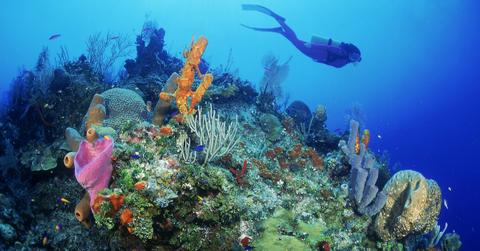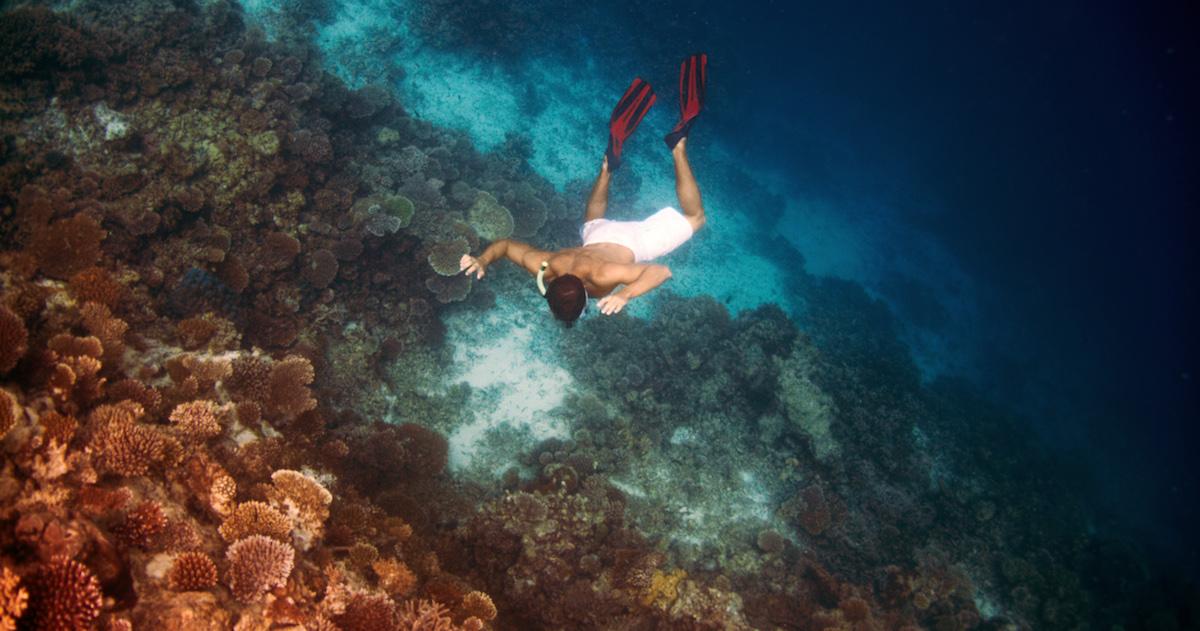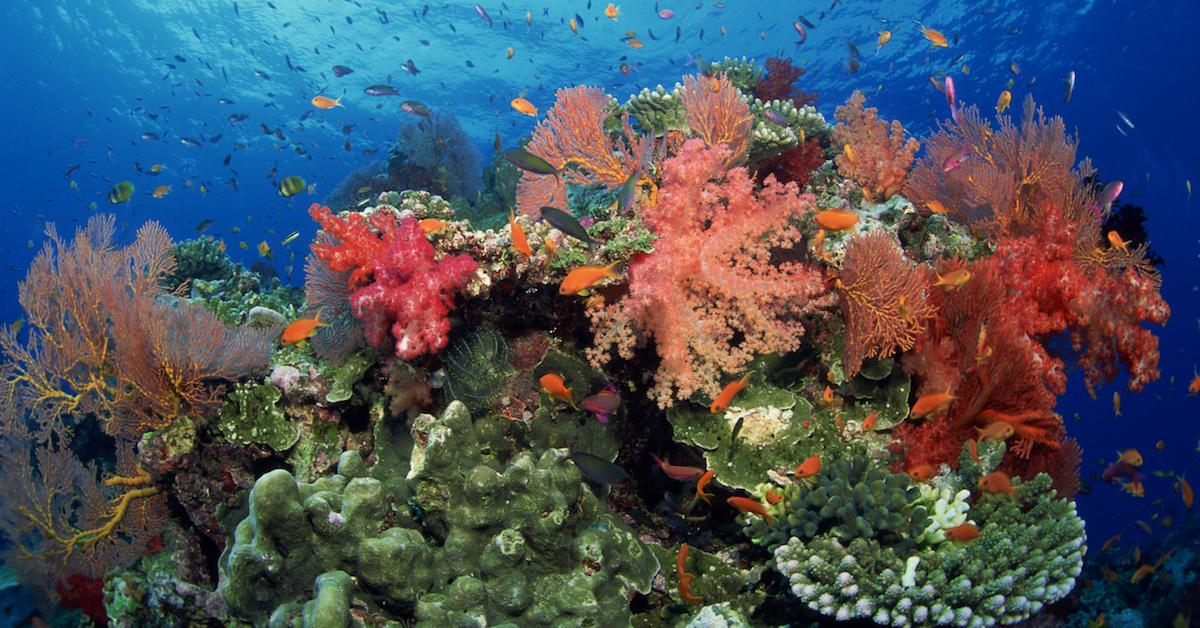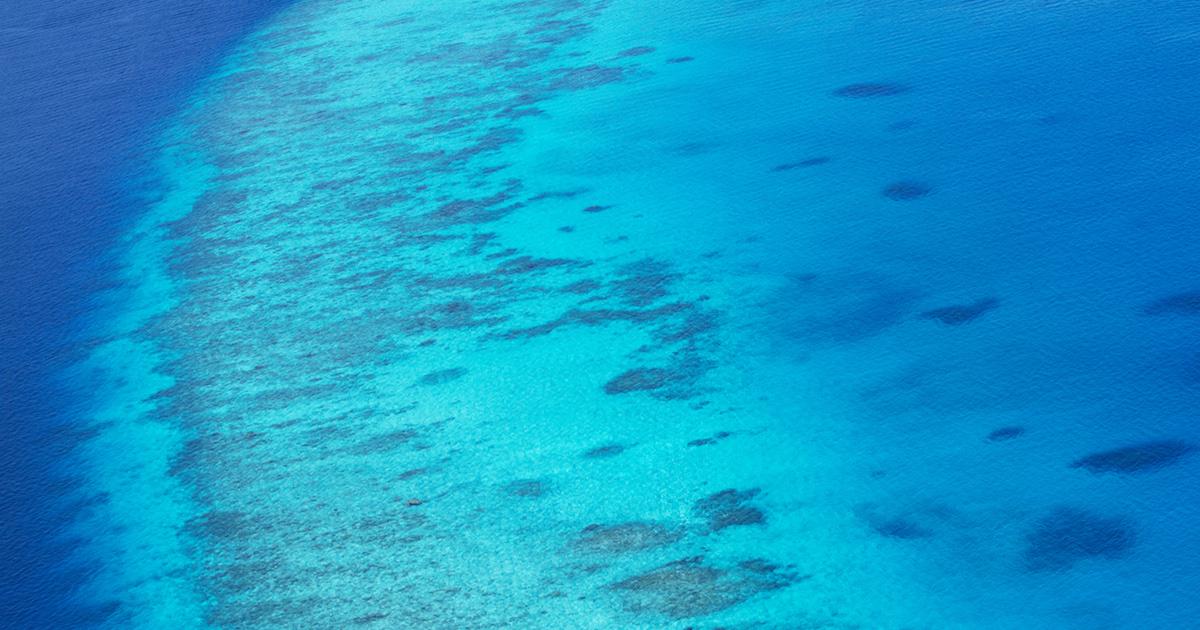How Climate Change Hurts Coral Reefs
Updated Dec. 29 2020, 12:43 p.m. ET

Earth’s oceans are warming as surely as our atmosphere is, and this global warming effect represents a serious threat to many of our marine ecosystems. Climate change is perhaps the greatest ecological problem that our species is facing, and the problem continues to affect many natural ecosystems all over the planet. So, how are coral reefs impacted by climate change?

How are coral reefs impacted by climate change?
According to the Environmental Protection Agency (EPA), the surface temperature of the oceans has significantly increased during the 20th century and has continued to rise. In fact, the average rate of temperature increase between 1901 and 2015 has been 0.13 degrees Fahrenheit per decade. That may not seem like much, at least not year to year, but it can certainly make a difference to the delicate creatures that call the ocean their home.
According to NOAA Climate.gov, the ocean is one of the world’s largest solar collectors of heat. It’s vast, reflective, and completely unshielded from the sun. The deteriorating ozone layer has allowed for more solar penetration, which melts the polar ice caps and raises sea levels. But more ocean does not mean less warmth. If anything, it means that there is now more surface area for the sun to hit, and in subtropical and tropical locales, that increased heat can lead to catastrophic environmental consequences.
Corals like warm water, that much is true, but exceedingly warm waters jeopardize the health of corals. If the corals die, the diverse communities and ecosystems that live in and around them begin to break down. Corals also filter pollutants and dirt from the water, if they aren’t there to do that, water quality goes down. Worse water quality means less plankton, which means fewer fish and other creatures that might have fed on that plankton. But fewer fish also means fewer humans, because many coastal cultures depend on fishing for their nutrition and livelihood.
Rising ocean temperatures can also cause coral bleaching, which is when corals discharge algae, which causes the coral to change from its typical vibrant color scheme to plain white, according to the National Ocean Service. Coral bleaching does not actually kill corals, but it does make them (and the species that rely on coral reefs) more vulnerable to death.

How else has marine life been impacted by climate change?
Rising temperatures don’t just bleach coral. According to the Queensland Museum, this increased rate of warming can also result in an increased rate of infectious disease outbreaks amongst marine life. Climate change has also given rise to increased amounts of carbon dioxide in the atmosphere, which get absorbed into the ocean and alter seawater chemistry. These gases decrease pH and can lead to grim environmental effects like ocean acidification.
Rising sea levels and more destructive tropical storms can also batter barrier reefs far more harshly than they used to. Barrier reefs are meant to prevent coastal damage and many coral reefs are the last line of defense for coastal communities. Weakened by bleaching, disease, and acidification, the once-strong corals can no longer outlast the crashing waves of today’s devastating storms.

Don’t corals need to bleach in order to make coral reefs?
Coral bleaching is a natural process but according to the National Ocean Service, the rate of coral bleaching is increasing at a positively destructive rate. The worst bleaching of the past recorded 700 years struck the Great Barrier Reef in 1998 and it got even worse four years later. It wasn’t just the Australian reefs that were affected, either. Coral reefs all over the world were affected and decimated by the huge increase in ocean temperature.
According to the Queensland Museum, that 2002 bleaching saw nearly 60 percent of the Great Barrier Reef affected. Some of that coral has since recovered, but not every species of coral is as regenerative or as hearty. The result of all this bleaching is a visible reduction of many species that once lived in the reef. Without a place to go, many of those species are becoming endangered.
How can we help coral reefs?
Minimizing our own environmental impact, utilizing more renewable energy, using less plastic, relying far less on fossil fuels, using reef-friendly sunscreens, and finding eco-friendly alternatives within our daily lives are great ways to help the planet as a whole and to help preserve these delicate ecosystems.
If one thing is out of whack in a coral reef, the whole thing can topple. The thing is, we need coral reefs. Everything on this planet is part of a great web of biodiversity, and if too many species go extinct, everything would stop functioning the way it should. And if we’re not careful, that could be the end result.